.png)
In this unit, students are introduced to science and engineering by exploring several phenomena that relate to cooking. Students begin with an investigation into the structure of matter and how energy determines state of matter. This page is a high level look at key components of this lesson.
.png)
In this unit, students explore science phenomena of the life forms that live on Earth, analyzing the cellular structures that make up complex organisms and figuring out how different groups of cells work together to keep the organism functioning properly. This page shows extracts from each part of this lesson.
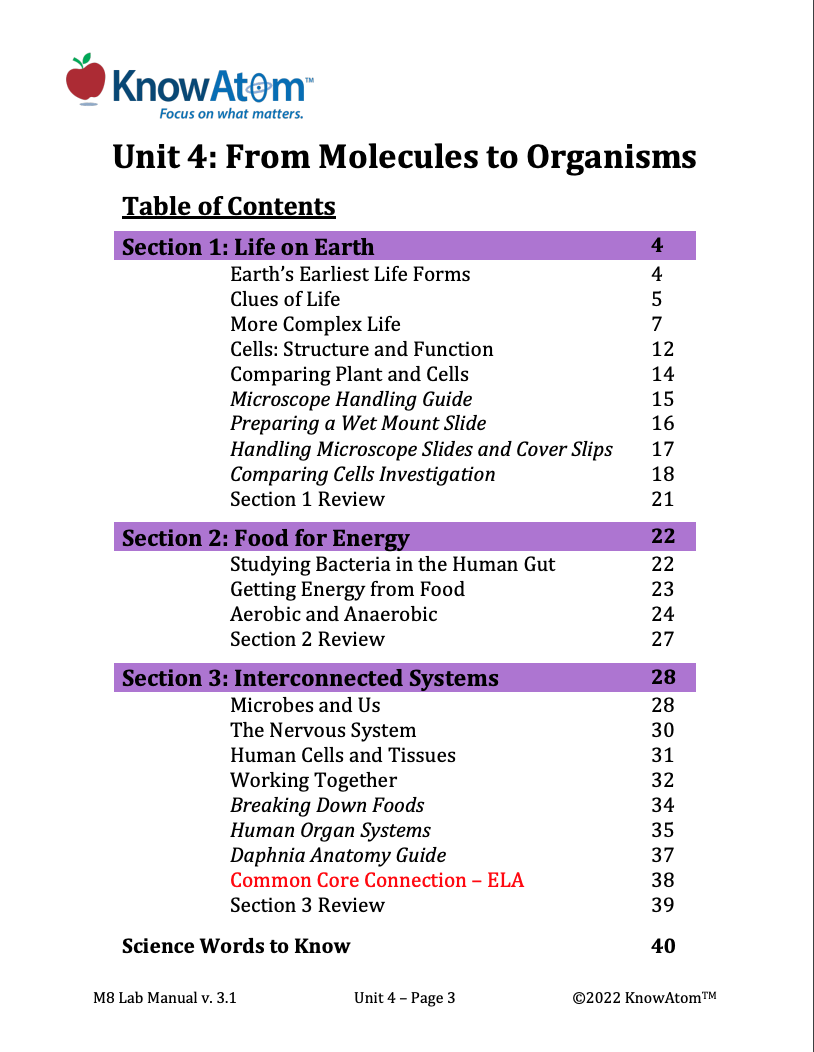
In this unit, students compare the science phenomena of bacterial, plant, and animal cells, figuring out similarities among them all as well as differences. Students then conduct an experiment into how yeast cells extract energy from food molecules. This page highlights components of this lesson.
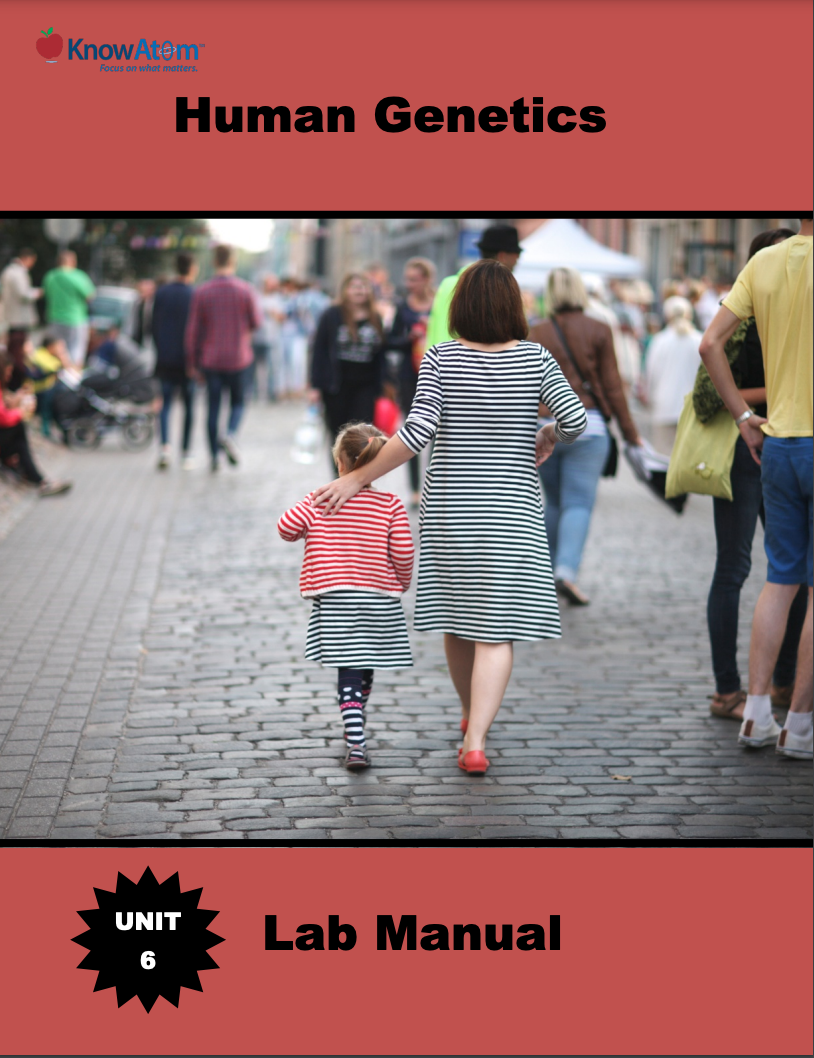
In this unit, students figure out connections between genes and heredity to evolution, focusing on figuring out the phenomena of how both genetic information and the environment influence how a population develops over time. Students investigate different kinds of evidence for life’s shared ancestry and then experiment with how adaptations help some organisms survive. Students end with an investigation into artificial selection.
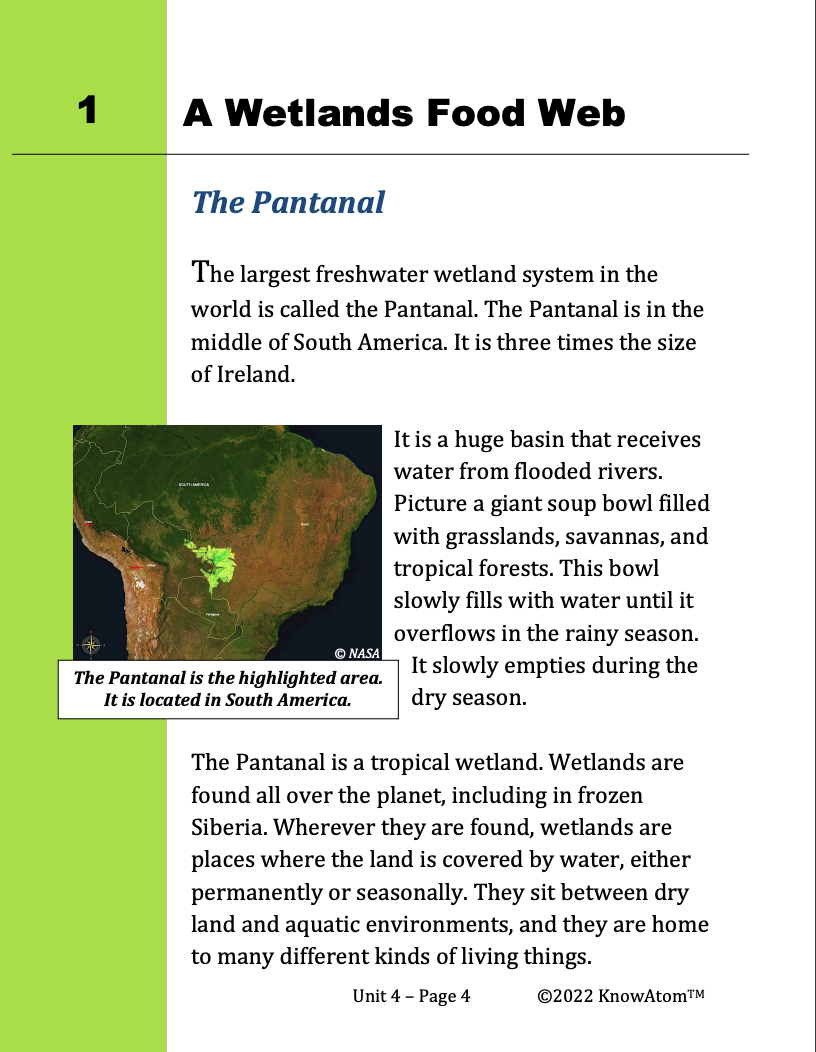
In this unit, students analyze how living things have specific structures that allow them to function in different environments. They trace how energy flows through a tropical wetland food web, and then test how temperature affects a plant’s ability to transpire through its leaves, affecting its ability to grow. This page is a high-level extract of this lesson on plant structures.
.png)
In this unit, students focus on the organisms that live on Earth’s surface, analyzing the science phenomena of how all living things are made of cells, which have certain requirements for survival, including food, water, and energy. They explore the phenomena of structure and function by analyzing the role of the cell membrane in maintaining a balanced amount of water in the cell. This page highlights excerpts from a few sections of this lesson.
.png)
In this unit, students focus on the relationship between an organism’s cellular structure and the ability of the organism to access energy to carry out essential life functions. Students begin by examining prokaryotic and eukaryotic cells under the microscope and then compare organelles in plant and animal cells in this lesson. This page is a high-level extract of this lesson.
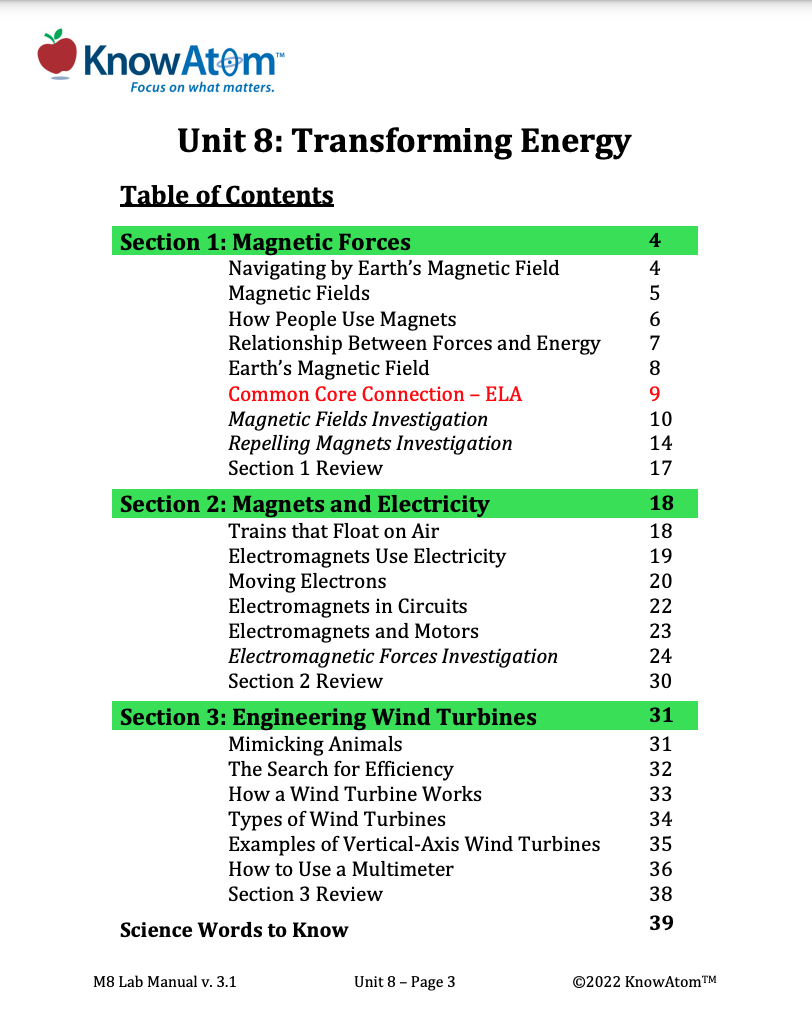
In this unit, students learn about science phenomena related to ecosystems, studying how all living things interact with and depend on other living things and the environment for survival. In this lesson, students explore how humans can create solutions to protect ecosystems by designing an engineering solution for coastal erosion.This page provides an overview of this lesson.
.png)
In this unit, students explore the science phenomena of Earth systems as they interact. Students do this by discovering the importance of water for life on Earth. In this lesson, students figure out groundwater flow by exploring the porosity and permeability of different Earth materials. This page is a high-level extract of this lesson.
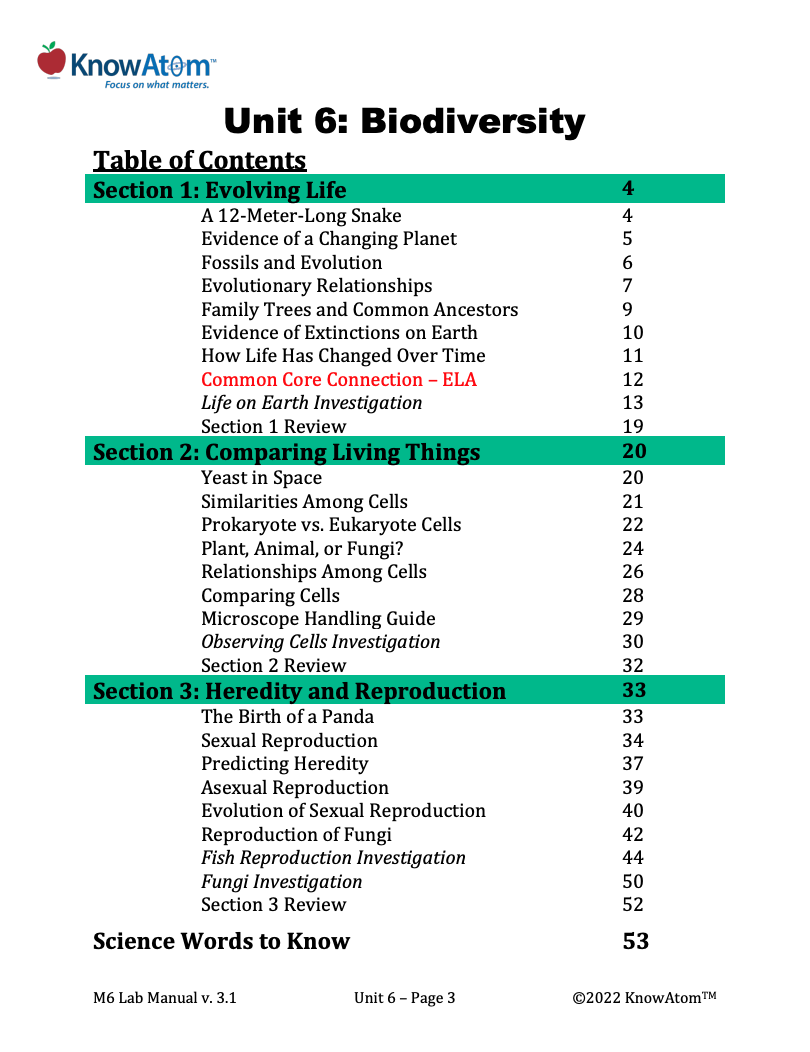
In this unit, students focus on science phenomena related to the diversity of life, analyzing how scientists use the fossil record to tell of how life has evolved over time. In this lesson, students then compare the phenomena of cellular diversity in fungi, plant, and animal cells, exploring how similarities can be used to support evolutionary relationships. This page is a high-level extract of this lesson.
Standards citation: NGSS Lead States. 2013. Next Generation Science Standards: For States, By States. Washington, DC: The National Academies Press. Neither WestEd nor the lead states and partners that developed the Next Generation Science Standards were involved in the production of this product, and do not endorse it.
